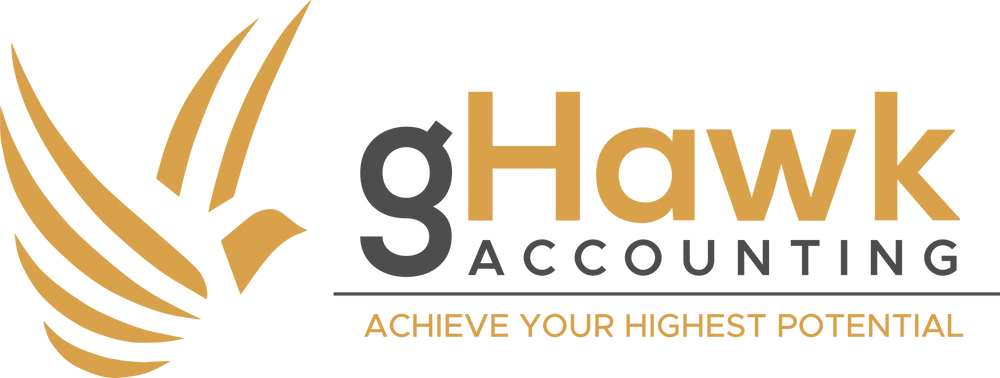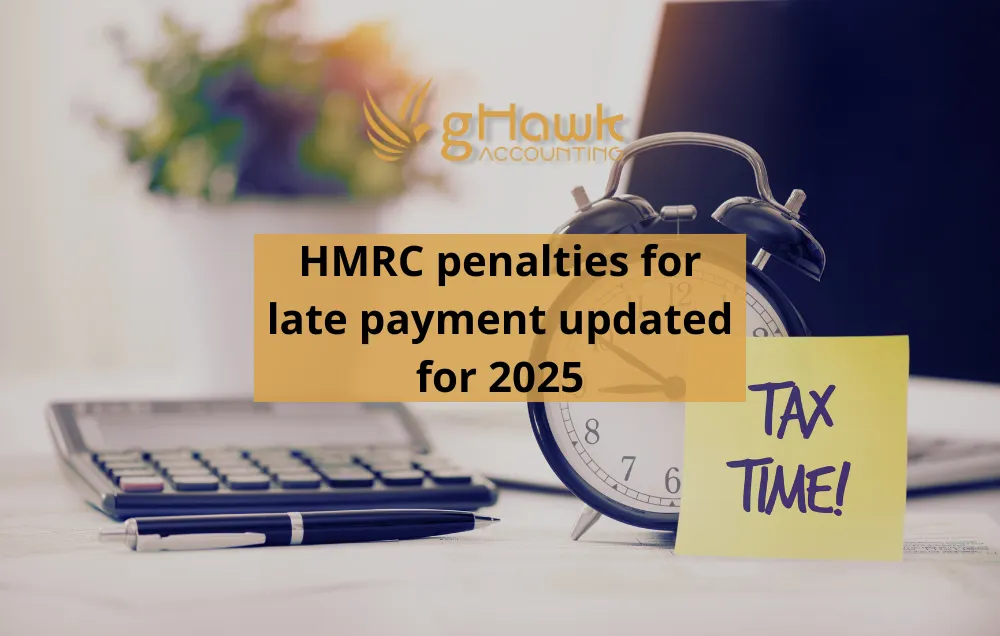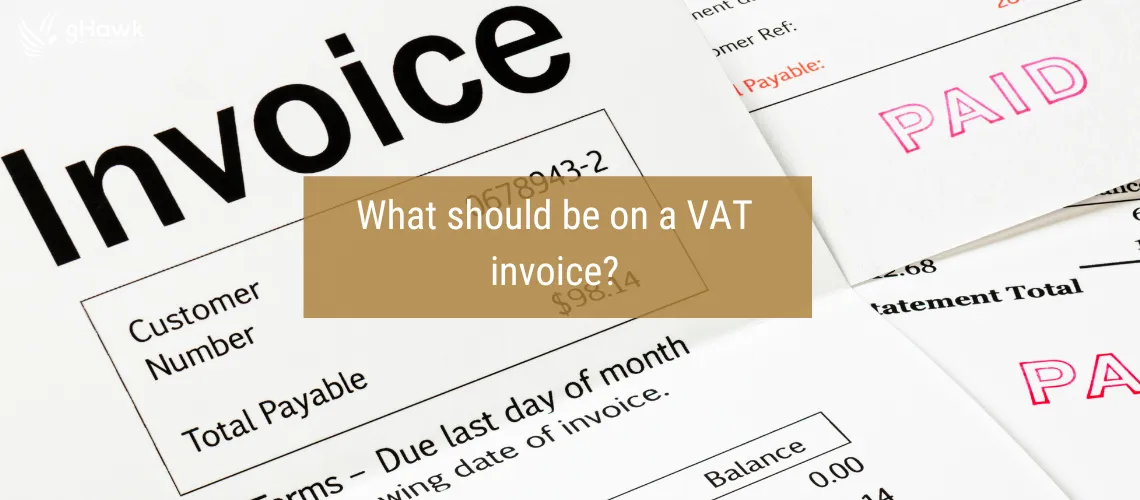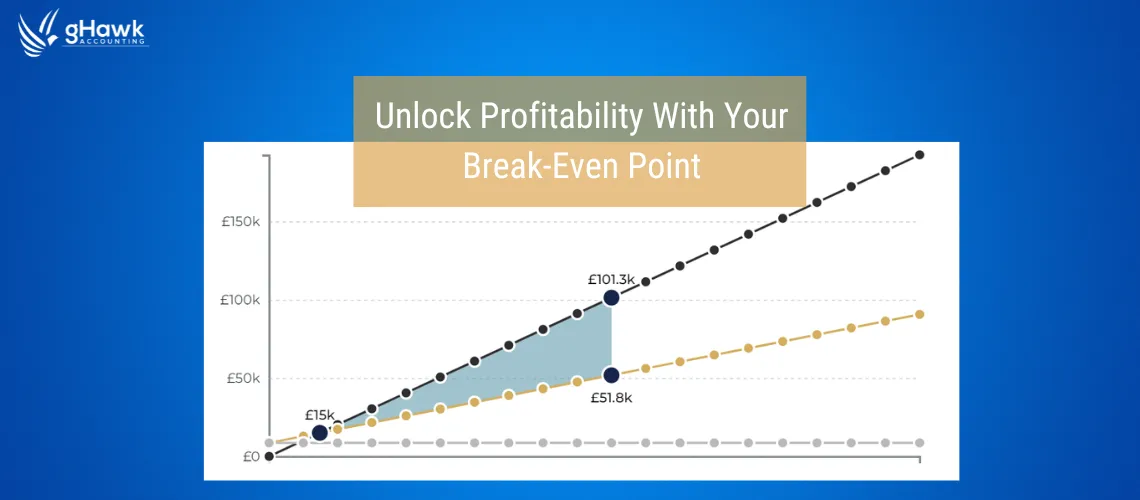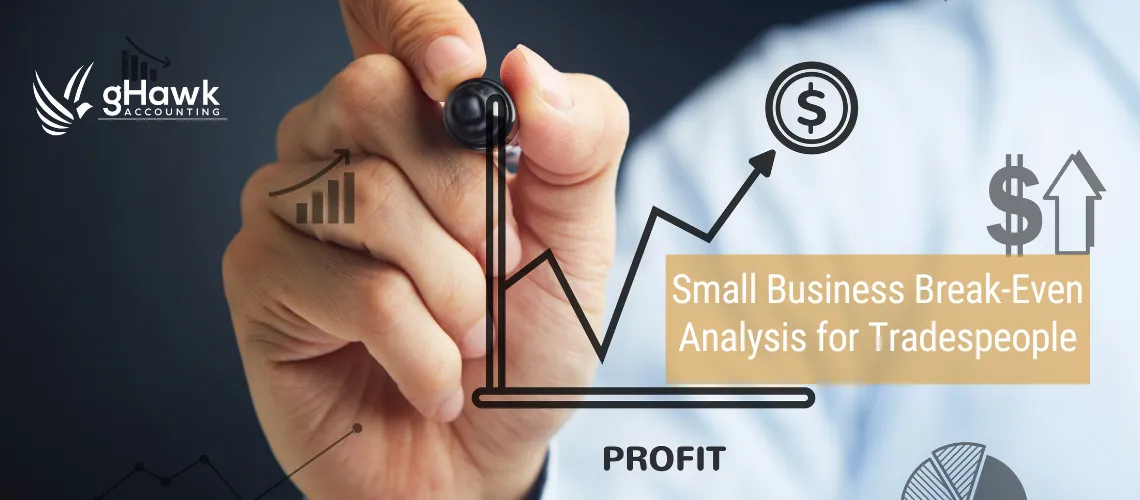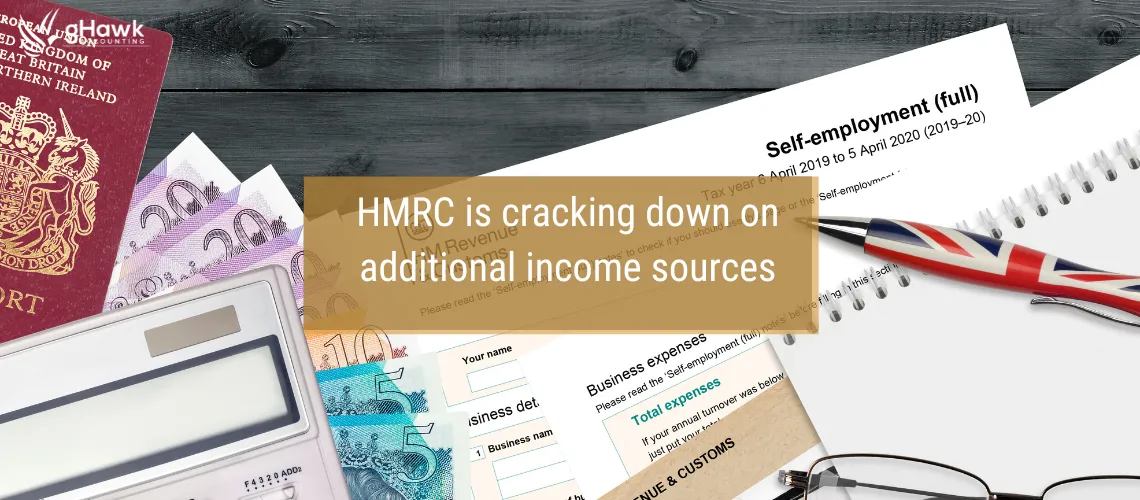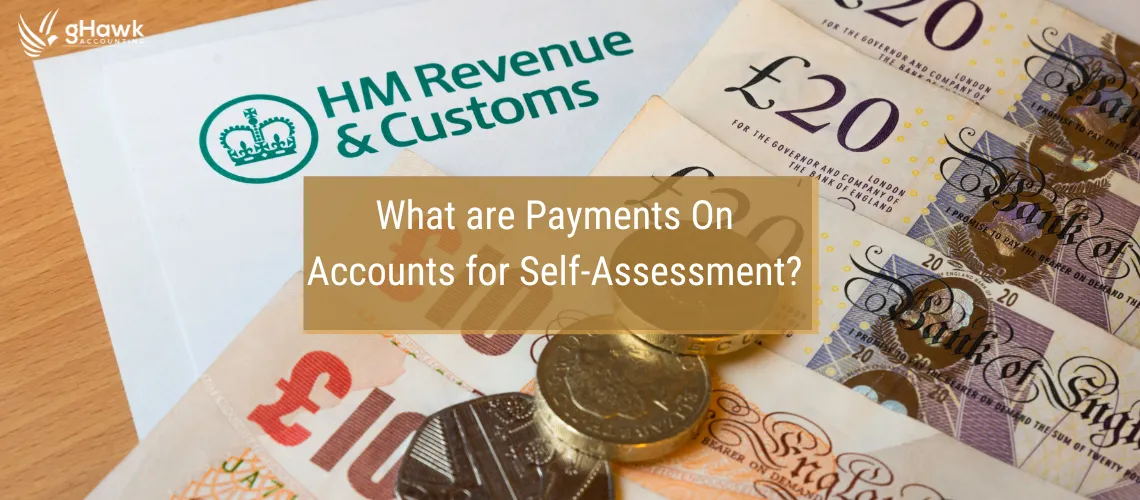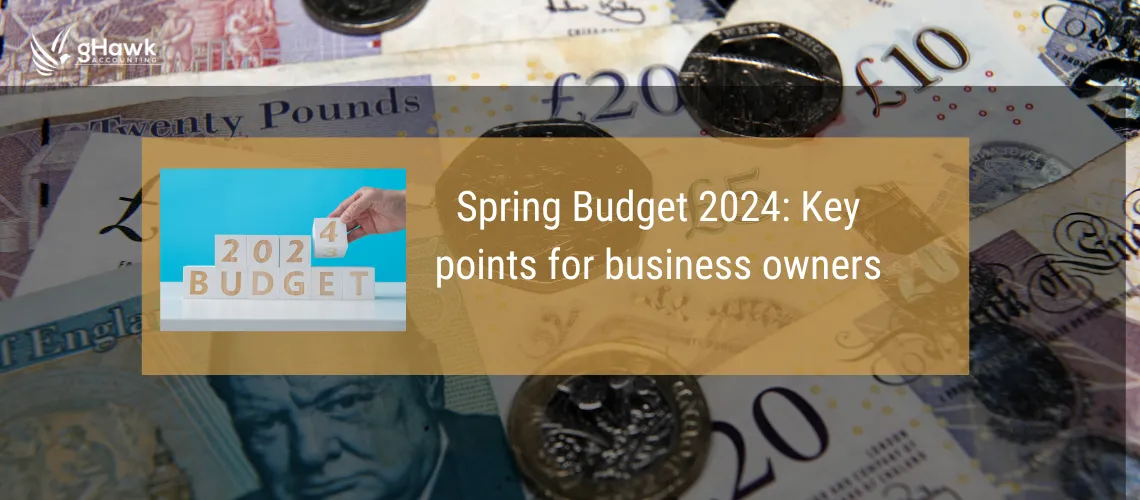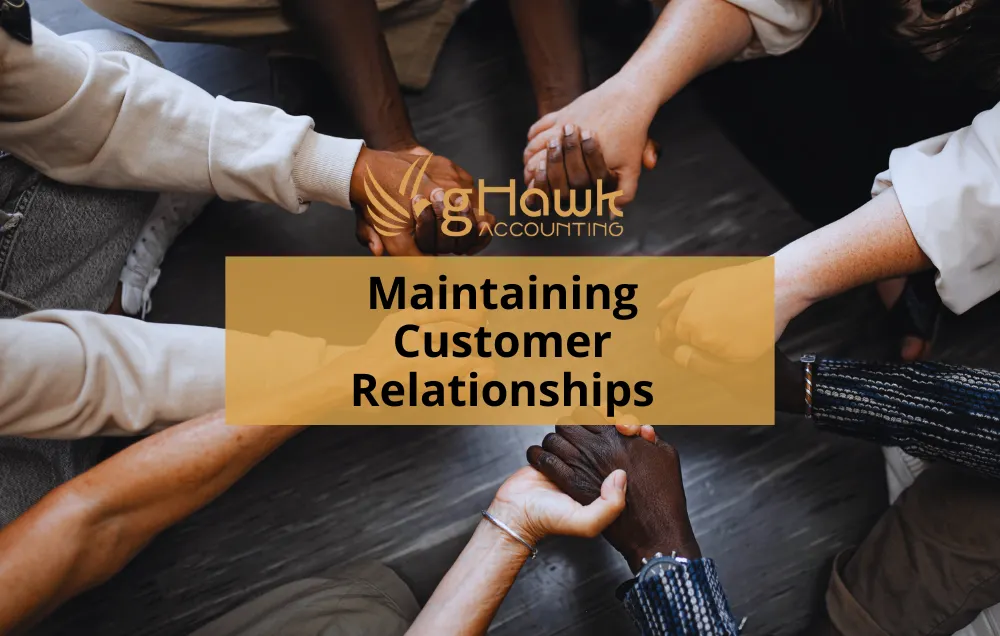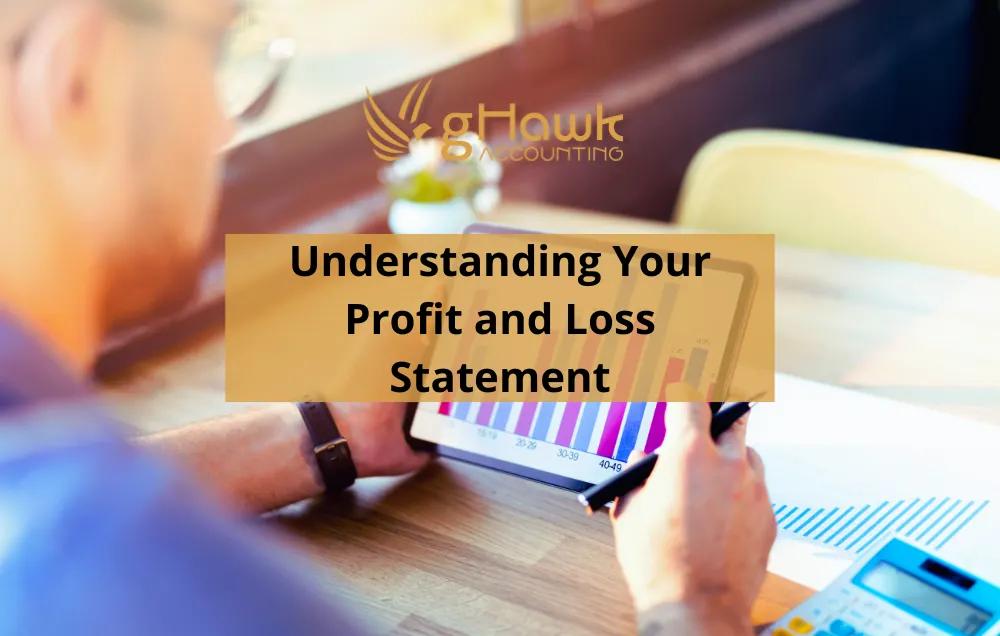Cash Flow and Cost Control
Regular cash flow forecasts help you keep your focus. If you can't reach your targets for income, reining in your costs may give you a little extra headroom to manage cash flow while you plan your next move.

More than ever, cash flow is a vital part of staying afloat, whether your business is in recovery or growth mode. Revenue, profit and your bottom line all deserve your attention. But keeping everything running is the baseline.
Regular cash flow forecasts help you keep that in focus. Here’s why:
- Cost control - If you can't reach your targets for income, reining in your costs may give you a little extra headroom to manage cash flow while you plan your next move.
- Visibility on outgoings - Cost control can be challenging when it’s hard to pinpoint hidden costs or where established ways of doing things cost more money than they should. You may also have been coping with unexpected expenses as you’ve adapted your business for unplanned circumstances or increased costs.
- Improving business practice - It's more than only keeping an eye on outgoings (though that's important). It's about looking at each aspect of your business and business systems (or the gaps where there should be business systems) to see if poor practice unnecessarily drives costs.
- It can be helpful to break it down - You can look at cost centres for office supplies or freight. Or you can look at what those costs do for your business. It can help to analyse costs in terms of cost of sale and overheads.
Cost of sale and overhead
Cost of sale (also known as Cost of Goods Sold or CoGS) is how much it costs to make a sale.
In a business that sells products, CoGS is based on the price paid for the product plus any costs necessary to put the merchandise into inventory and make it ready for sale, including shipping and handling. You can even break it down to calculate the sale cost of individual units.
Overheads are general business expenses. They can’t be tracked directly to sales. Overheads are what it costs you to open your doors (whether online or actual) every morning.
What’s your plan?
- Reduce unnecessary expenses - Trim expenses unrelated to your core product or service.
- Suppliers - Can you work with your providers to ask for discounts or more favourable payment terms on either cost of sale or overhead expenses?
- Talk to your team - Analyse your costs and involve your team, including frontline sales staff.
- Efficiencies - Are there efficiencies that could save you money? This can be anything from reducing shipments from suppliers or between stores to taking advantage of AI to save you time, money or both.
- Advertising - Reducing advertising might be a false economy, as customers are always looking for bargains and price-checking alternatives. But would targeted campaigns work better?
- Prioritise - Can you pinpoint products most likely to bring the fastest or best return and hold back on slower-sell products?
- Promote or discount - If you have old or slow-moving stock, can you discount it and convert old stock to cash? If you attract customers now, you may be able to use it to spotlight other products.
CashFlow Builder Program
The C.A.S.H.F.L.O.W. process enables businesses to identify and tackle internal challenges, creating opportunities for meaningful improvements. By enhancing critical areas and implementing strategic solutions, companies can build a stronger foundation, improve efficiency, and foster sustainable growth.
Our Fourth step in the 8-step process is to have a documented plan.
A documented plan is essential for a small business as it provides a clear roadmap for achieving goals, managing resources, and navigating challenges. It helps align team efforts, track progress, and make informed decisions.
Every pound saved on costs directly contributes to improving your cash flow.
Talk to us if you'd like to review your costs and your systems to keep costs under control. Whether your sales are boom or bust, ensure your costs aren't holding you back.
